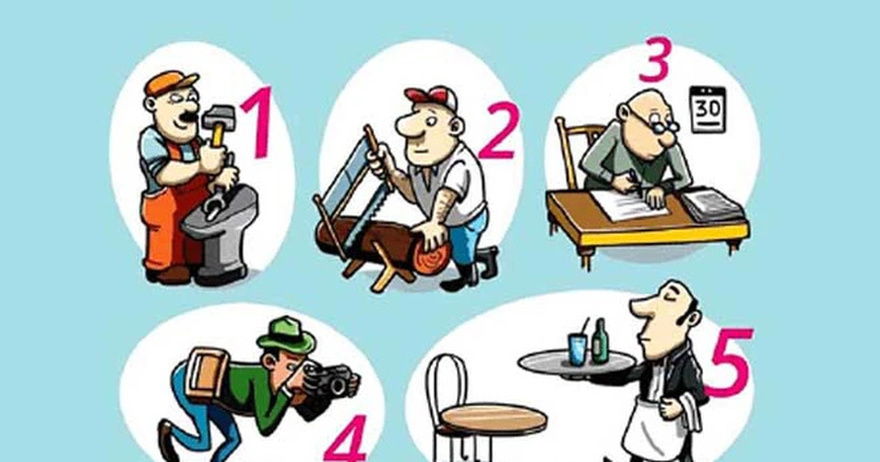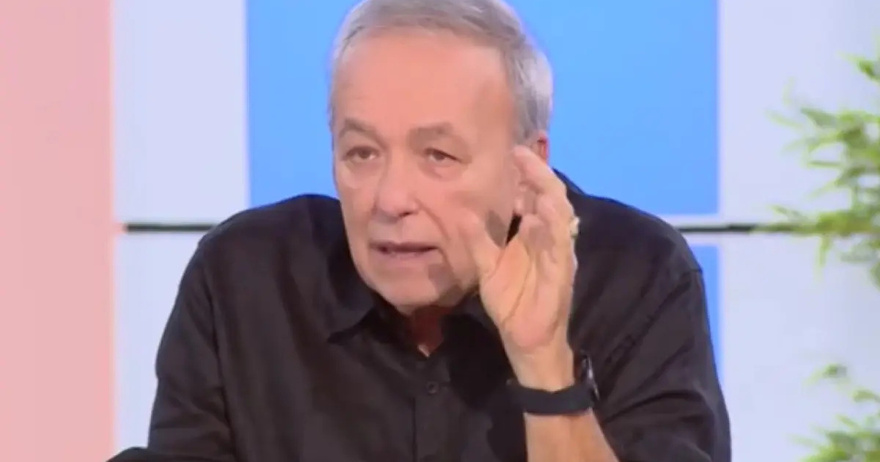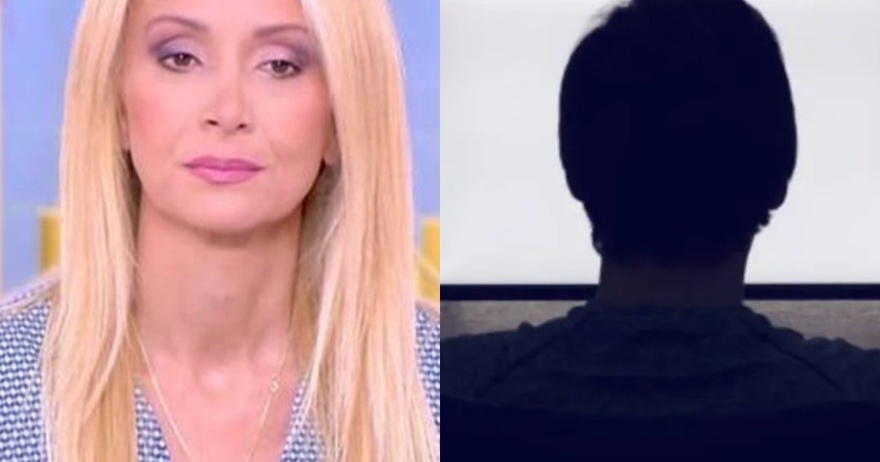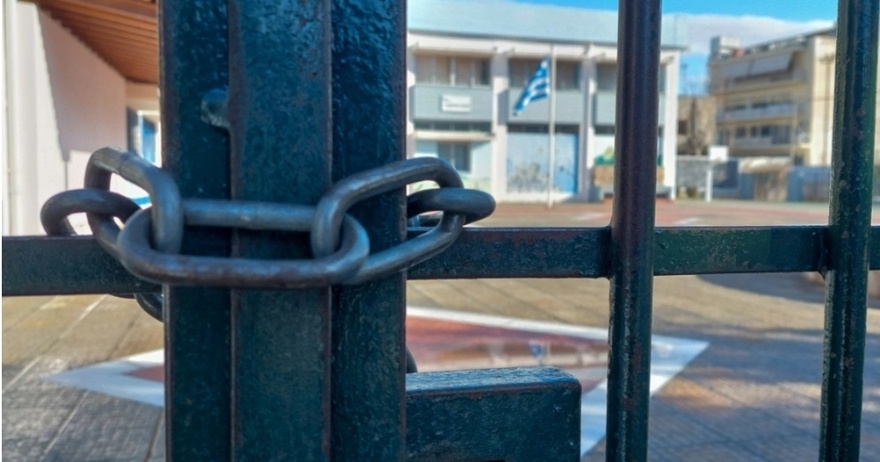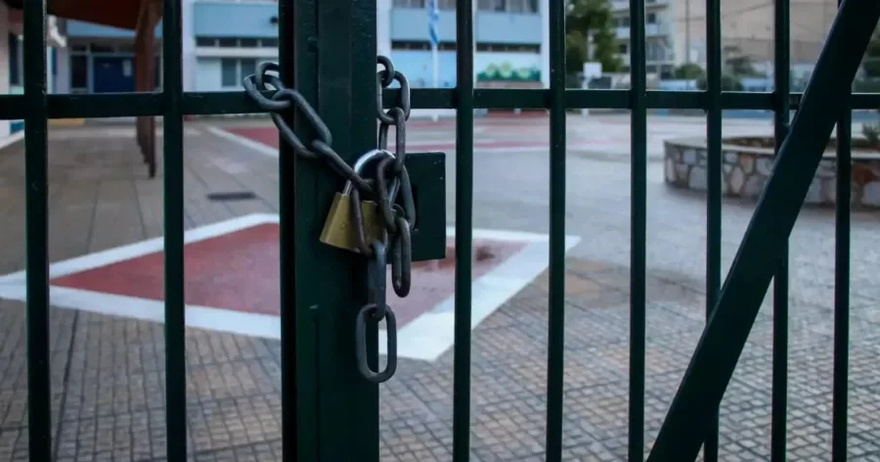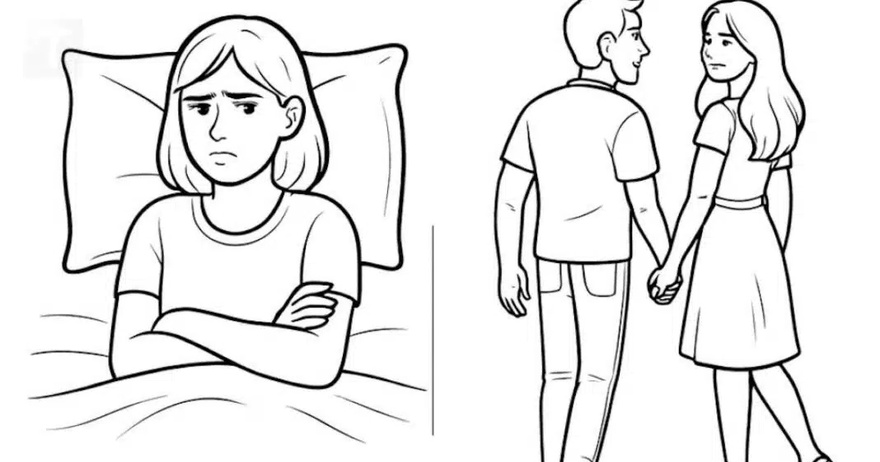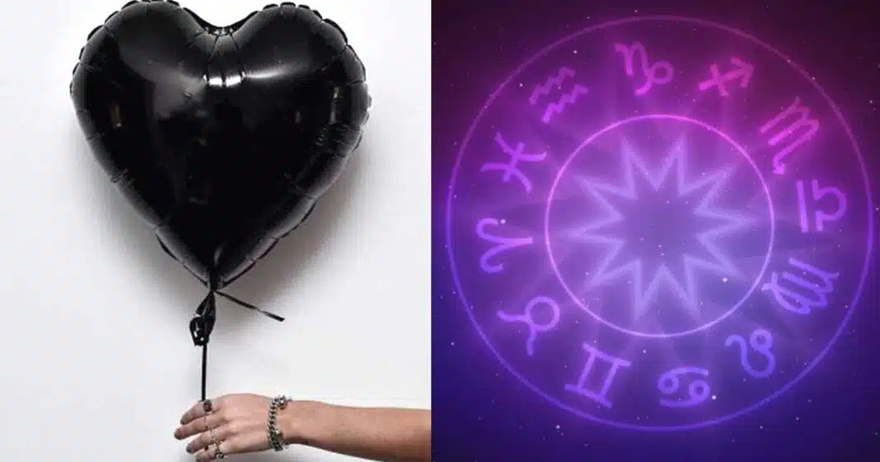Have you ever been completely baffled by a seemingly simple puzzle? Sometimes, solving a tricky riddle requires nothing more than shifting your perspective and paying attention to small, often overlooked details. Today, we have a fascinating puzzle to test your powers of observation and deduction. The challenge? Look at an image of five individuals, each engaged in a different task, and figure out which one is left-handed. Seems easy, right? But don’t be fooled—most people miss the answer on their first attempt. Let’s dive in and analyze each character carefully to uncover the subtle clues that reveal the left-handed individual.
Common Pitfalls: Why People Get This Puzzle Wrong
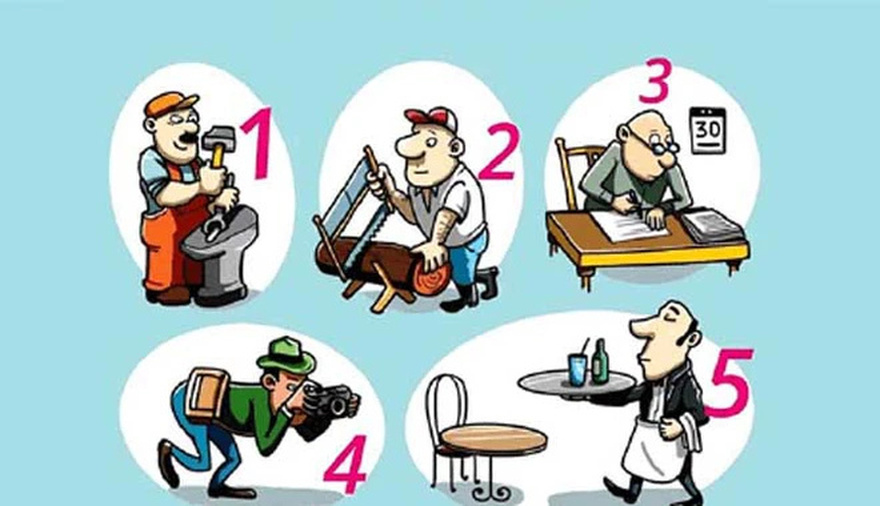
It’s easy to jump to conclusions when faced with puzzles, especially when they seem straightforward. People often rely on assumptions or stereotypes, leading them to make hasty judgments. For instance, many assume that holding an object in the left hand signifies left-handedness. However, determining someone’s dominant hand often requires a closer look at context and subtle cues. This particular puzzle has stumped many because it relies on hints that aren’t immediately obvious. Let’s go through each person’s actions to see if we can identify the left-handed individual.
Analyzing Each Character: Who Holds the Clues?
To determine who is left-handed, let’s examine each person and their actions in detail.
1. The Plumber
The first person in the image is a plumber, focused on fixing a sink. He’s holding a tool, possibly a wrench, in one hand as he works. It’s tempting to assume that the hand holding the tool might indicate his dominant hand. However, simply holding a tool doesn’t necessarily make a person left- or right-handed. People often use their dominant hand for tasks requiring precision, but we need more context to make a definitive judgment. Let’s move on and see if another character offers a stronger clue.
2. The Carpenter
Next up is the carpenter, who’s leaning over his workbench, sawing a piece of wood. Many people assume that the hand holding the saw must indicate his handedness. However, carpentry tools often require a specific hand for effective, safe usage, regardless of dominance. For instance, certain cuts may be more comfortably made with a particular hand positioning. Therefore, while we could guess his handedness based on the saw hand, this detail alone is not conclusive.
3. The Office Worker
Our third character is an office worker writing at a desk. This person is often mistakenly identified as the left-handed one if they appear to be using their left hand to write. While writing is typically a clear indicator of a person’s dominant hand, we must remember that some people are ambidextrous or occasionally switch hands for different tasks. Without further context, this isn’t enough to determine if the office worker is indeed the left-handed individual.
4. The Photographer
The photographer is the fourth person in the lineup, holding a camera and setting up a shot. Given that cameras are designed with specific hand placements, it’s hard to determine handedness based on how the device is held. Photographers often use their dominant eye and hand, but this isn’t a hard-and-fast rule. For this reason, we’ll need to look elsewhere to identify the left-handed individual accurately.
5. The Waiter
The fifth and final character, the waiter, might hold the answer to our puzzle. He’s carrying a tray, an activity that offers a crucial clue. Most waiters use their non-dominant hand to hold trays, keeping their dominant hand free for tasks such as serving, rearranging items, or pouring drinks. In this puzzle, the waiter is holding the tray with his right hand, suggesting that he’s likely left-handed. This subtle choice hints that his dominant (left) hand is kept free to handle tasks requiring more precision.
The Answer: The Left-Handed Individual is the Waiter

After careful analysis, the answer becomes clear: the left-handed person is the waiter. His choice to hold the tray with his right hand signals that his left hand, his dominant one, is free for serving duties. This seemingly minor detail is, in fact, the most telling clue. People often use their dominant hand for tasks requiring accuracy, and the waiter’s choice aligns perfectly with this logic.
Why Small Details Matter in Solving Puzzles
This puzzle serves as a great reminder of the importance of small details. Many people missed the waiter’s tray-handling habit as a critical clue, instead focusing on more obvious aspects like which hand held each person’s main tool. In puzzles, as in real life, assumptions can lead us down the wrong path. By taking a step back, observing, and considering context, we can often reveal hidden truths. Here, understanding the practical reasons behind each person’s actions helped us uncover the correct answer.
The Broader Lesson: Observing Beyond First Impressions
This puzzle isn’t just a test of observation but also a reminder that first impressions can be misleading. Life often presents us with situations where initial assumptions cloud our judgment. Like in the case of our waiter, understanding why someone makes certain choices—considering context and purpose—often gives us a deeper, more accurate insight. Whether in puzzles or day-to-day life, honing our ability to observe and interpret subtle cues can lead to better decision-making and understanding.
Conclusion: The Joy of Solving Tricky Puzzles
Did you guess that the waiter was left-handed, or did the puzzle throw you off at first? Puzzles like these are more than simple brain teasers; they’re exercises that challenge our powers of observation and our ability to question assumptions. By paying attention to detail and thinking critically, you can solve even the trickiest riddles. So, next time you face a puzzling situation, remember this exercise. Slow down, take a closer look, and let the details guide you to the answer.
Share this puzzle with friends and family to see if they can spot the clues, too! Keep challenging yourself with riddles, logic puzzles, and brain teasers—there’s always something new to learn from the small details we often overlook.
Πανικός στην Παιδεία! Όλα τα σχολεία κλειστά την Πέμπτη
3 σημάδια κατά τη διάρκεια του ύπνου που μπορεί να αποκαλύψουν προβλήματα κυκλοφορίας μετά την ηλικία των 40
Έφτασε η ώρα: Οι πρώτοι «εκλεκτοί» του Αλέξη Τσίπρα: Ανακοινώνει 30 ονόματα, ραγδαίες πολιτικές εξελίξεις
Τσάι Γαρίφαλου: Το Μικρό Θαύμα της Φύσης που Μπορεί να Αλλάξει την Υγεία Σου
